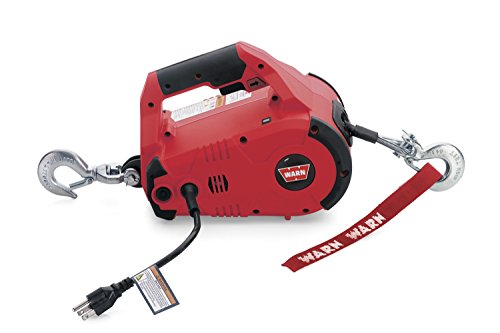re: a neutral switch and light that remain on even when in gear.
I had the problem and asked on this forum about how to get the switch out. I learned that on the series of years that have the switch in the left side of the crankcase that replacement is possible. I've done it on a 1979, but it looks even tougher on the 81 I'm working on. First, if you don't have time and patience...don't take it on yourself. It is not a question of technical ability, it is a matter of accessing the part. Very poor design, but that's what Honda did. The only way to get the switch out is to pry the frame away from the crankcase and doing that with a metal pry bar would not be acceptable. I ended up on the 79 cutting two relatively long tapered wedges out of hardwood...and hard maple would be about the best. The wedges are driven in and the frame member is pried out to provide the clearance necessary. Now don't get the idea that you'll have plenty of room because you won't. Just enough to wiggle the switch with the wire still connecte is all you get and all you'll need....but remember you have to size up which motor mount bolts restrain the frame member. The less constrained the frame is at that point, the easier and safer this is to do. In doing a bit of research on this procedure, I learned that this is an approved method....and perhaps the only possible way to get that switch out.
I also learned that clean oil and the addition of a carbon cleaning additive may help too..rather than rushing to replace the switch. The nature of the switch is such that the contacts slide onto a portion of the internal plunger that is insulated....and that occurs when the transmission is in any gear....and apparently some conductive grunge deposits on that insulated section. Perhaps carbon or some brass rubbings tranferred from the contact wipers inside. What is not certain to me, but it does make sense. That being the case, the idea of shorting out the switch and "shocking" it with a momentary dead fault of 12 VDC works. I am working on a bike now...and had the problem on my list of things to do. I decided to try the oil w/ additive method as well as the shocking method.....and to my delight, I now have the thing working properly. I drained the oil and refilled with new oil with the prescribed amount of Seafoam additive as on the products label which is 1 1/2 ounces per quart of oil. I premixed the oil and additive prior to filling the crankcase....and then poured it in.......I then worked the shifter a number times...with a volt-ohmmeter connected to the neutral switch at the connector under the "tank" on the left side. Amazingingly, after shifting in and out of neutral quite a few times the meter started to respond to the switch as it was supposed to be. Not 100%, but indicating that things were changing.......for the better. Then, as long as the switch was unplugged from the rest of the circuitry, I decided to give it the shock treatment. I shifted it into gear. That seemed logical as leaving it in neutral would not seem to make good sense....in that position, there should be continuity at all times...at least when working......so shocking it there would no remove anything...so put it in gear and made a connection....just a quick touch.....it sparked the first time...and then would not spark again.......the meter showed no continuity after shocking it only once. I shifted in and out of neutral and shocked it again...and nothing! This may be only one battle and war may restart, but for now, the advice I receive here saved me time, aggravation and money...and in the process I learned something valuable.
No expert here...but now have had one more successful experience and at least temporary success..................good luck.



















































